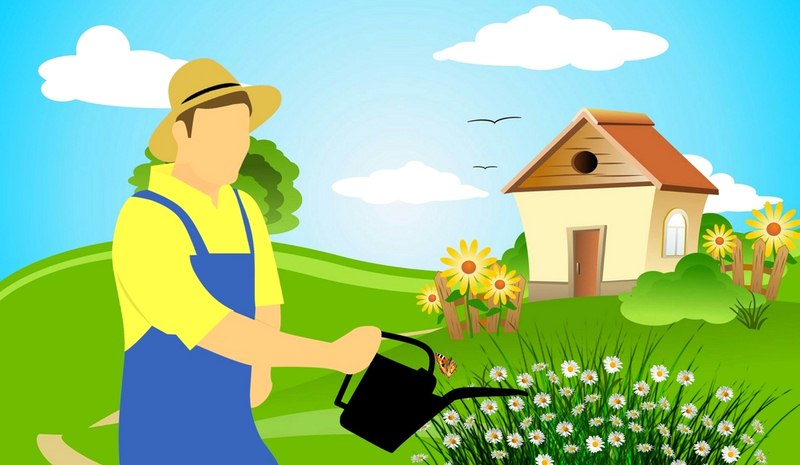In an ever-changing world where we are all encouraged to become more environmentally friendly, what are the small steps that we can all take in order to achieve a greener future?
They may seem like insignificant changes to you, and you may question what the actions of just one household can have upon the fate of the entire planet, but if everybody took just a few small steps in the right direction, the road ahead might not look so bleak.

We all know that we need to become more green, but what are some examples of improvements you can actually make, for that to happen? Here are a few ideas to get you started and when you’re feeling motivated, give them a try.
Read Also:
- 3 Tips to Stay Away From Asbestos Exposure While Remodelling Your Home!
- How to Make a Living Recycling, Trash Isn’t Always Trash
- Hard Water Is Not Only Bad for Your Home but Also Your Health
- 4 Ways You Can Improve Your Standard of Living at Home
- Composting Toilets Help You Take Recycling to a New Level
- The Best Ways to Save Money by Going Green
This is a no brainer. Recent footage of the so-called plastic islands in our oceans has given the world a wakeup call. The biggest offenders are single-use plastics that all of us are guilty of overusing.
Plastic is a great material when used responsibly. It keeps things fresh, it’s sealable and it’s cheap to manufacture.
The problem comes when it’s time to get rid of it. Too many of us simply toss it straight in the trash, not thinking of the consequences ahead. Just think how many single-serving coffee pods get trashed each and every day.
Responsible usage, on the other hand, is an improvement that will benefit the environment at large. It certainly makes your house greener as well in the sense that you would be producing less waste.
Reusable containers are a great way to make the change. Buy long-lasting Tupperware, which you can use over and over again. There is also an increasing number of stores where you have to take your own packaging. You might take your own coffee jar to collect your coffee, or your own reusable bags to carry your groceries.
Think big but start small.
It rarely crosses our minds as to how much water an inefficient toilet uses, and unfortunately, that is exactly the type of toilet most homes have. It’s quite shocking to learn, therefore, that in the 1830s, most people would have managed to live their lives with just 5 gallons of water a day, whereas today, all of us are using on average around 35 gallons a day. A huge proportion of that is being flushed straight down the toilet, literally.
About one-third of water usage in the home is made up of a toilet flushing. It’s a staggering fact on its own, but when you combine that with, your neighbourhood, your city, and your state, it all starts to become a little frightening.
Options for change include dual flush models, which can use as little as around 1 gallon per flush compared to 3 or more gallons that many standard toilets use, and composting toilets, which use no water at all.
Just imagine all of the water that can be saved if you and others you know to switch to more water-efficient toilets throughout your homes.
We lose most of our heat through our heads, so when we’re cold, we put a hat on. Too many of us aren’t applying this most basic reasoning however when it comes to heating our homes.
Heating systems are only as good as the insulation of the home in which they sit. What’s the point spending half your salary on energy bills, if you’re just going to allow the heat to drift away, meaning the boiler has to stay powered on for longer? Not only are you burning more energy than necessary, but you’re also burning your hard earned money as well.
Insulating your home properly might be expensive in the short term, but ensuring your home is capable of staying warm for longer, without your radiators having to do all the work, will reduce the demand for fossil fuels and also decrease your annual fuel bill.
Help the environment by helping yourself.
There can be a lot of guilt-tripping when it comes to encouraging people to go green, but playing the blame game simply doesn’t work. What needs to happen is a collaborative and supportive effort in ensuring we all do our bit. Many hands make light work and with the need to go green, it’s everyone’s responsibility. All hands on deck.
You don’t need to do everything straight away, but these few examples are a great way to give your plans for going green a shot in the arm.
View Comments
Very helpful tips.Thanks for sharing with us.